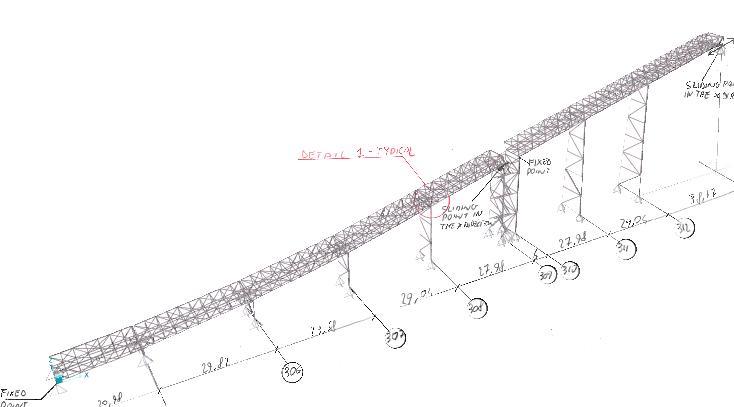pinestone3
Structural
- Sep 2, 2015
- 5
Dear experts,
I have an important question to ask about the redundancy factor r.
We are designing steel structures only in elastic range.
According to ASCE7-05 table 15.4-1 we are considering a response factor R=1 for nonbuilding moment frames similar to buildings.
As for the redundancy factor, we are considering a value r=1 (instead of r=1.3) because if we use a value r=1.3 would result in an increase of the seismic load, higher than the elastic one. (R/r =0.77). We think it's impossible.
Our client does not contest such a choice but he wants us to justify such an selection
What do you think about this and if you think it is positive, can you provide us some evidence to support our selection?
An early reply would be highly appreciated.
I have an important question to ask about the redundancy factor r.
We are designing steel structures only in elastic range.
According to ASCE7-05 table 15.4-1 we are considering a response factor R=1 for nonbuilding moment frames similar to buildings.
As for the redundancy factor, we are considering a value r=1 (instead of r=1.3) because if we use a value r=1.3 would result in an increase of the seismic load, higher than the elastic one. (R/r =0.77). We think it's impossible.
Our client does not contest such a choice but he wants us to justify such an selection
What do you think about this and if you think it is positive, can you provide us some evidence to support our selection?
An early reply would be highly appreciated.

